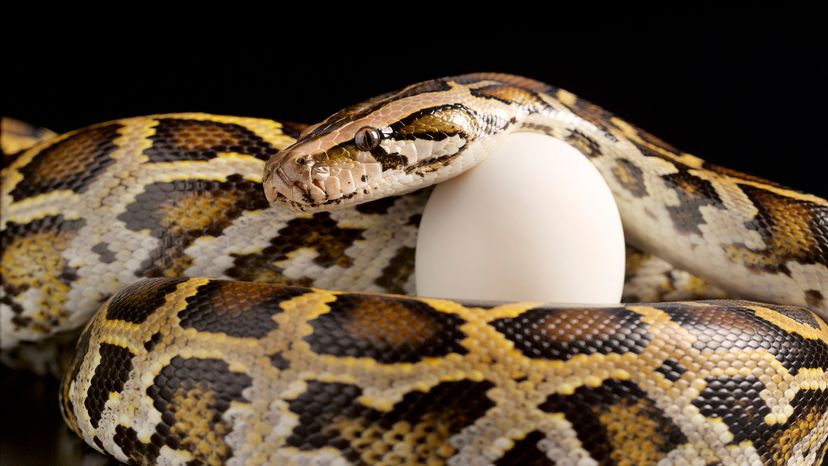When mating season arrives, the male snake follows pheromone scent trails that the female exudes to attract mates. Once a male finds a receptive female, he may initiate courtship rituals such as chin rubbing, coiling or gentle biting.
Snake sex involves the male wrapping his tail around the female's to align their cloacas — a shared opening used for both excretion and reproduction — allowing the exchange of reproductive fluids. The cloaca houses the reproductive organs for each sex.
After copulation, the male uses his hemipenis or one of his two hemipenes (sexual organs) to transfer sperm. While many females can store sperm for months, reproduction strategies vary widely.
Some snakes mate seasonally, while others mate year-round. Additionally, reproductive methods (oviparity, viviparity or ovoviviparity) depend on the species, reflecting the diverse mating and reproductive behaviors in the snake world.
Mating Balls
In some species, multiple males may compete by forming a "mating ball." This occurs when multiple male snakes compete to mate with a single female, forming a writhing mass of intertwined snakes.
This behavior is common in species such as garter snakes, anacondas and pythons. During the process, males wrap around the female, each trying to align their cloaca with hers for mating.
The competition can last for hours, and the strongest or most persistent male usually succeeds. In garter snakes, for example, mating balls are often observed during the early spring breeding season.
